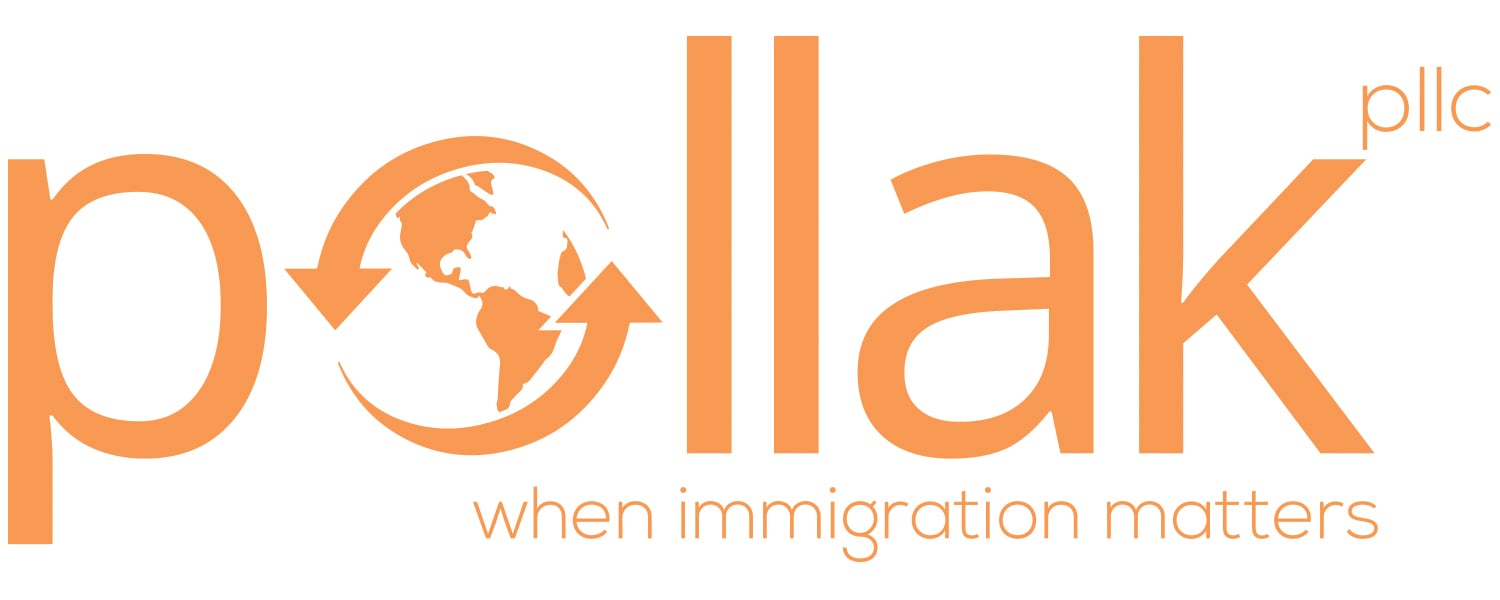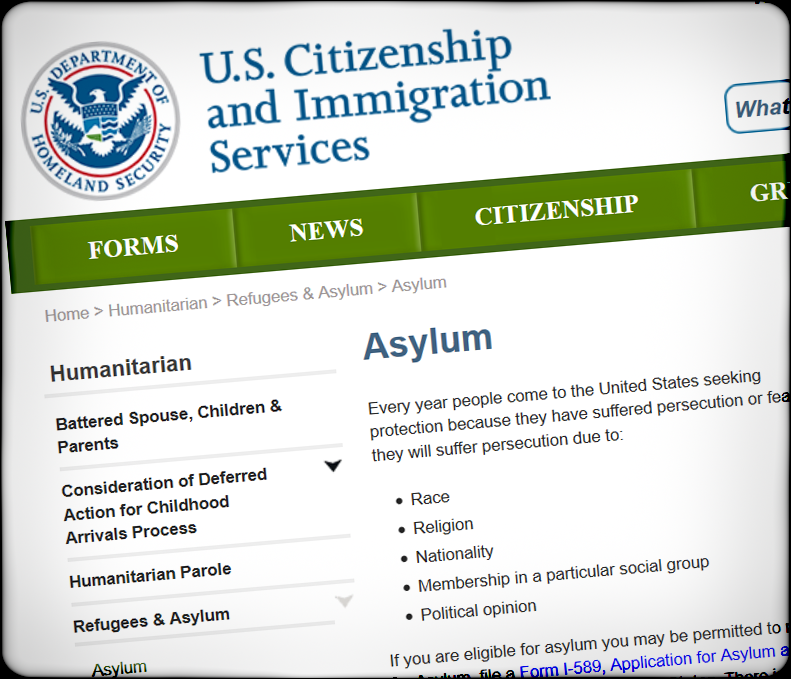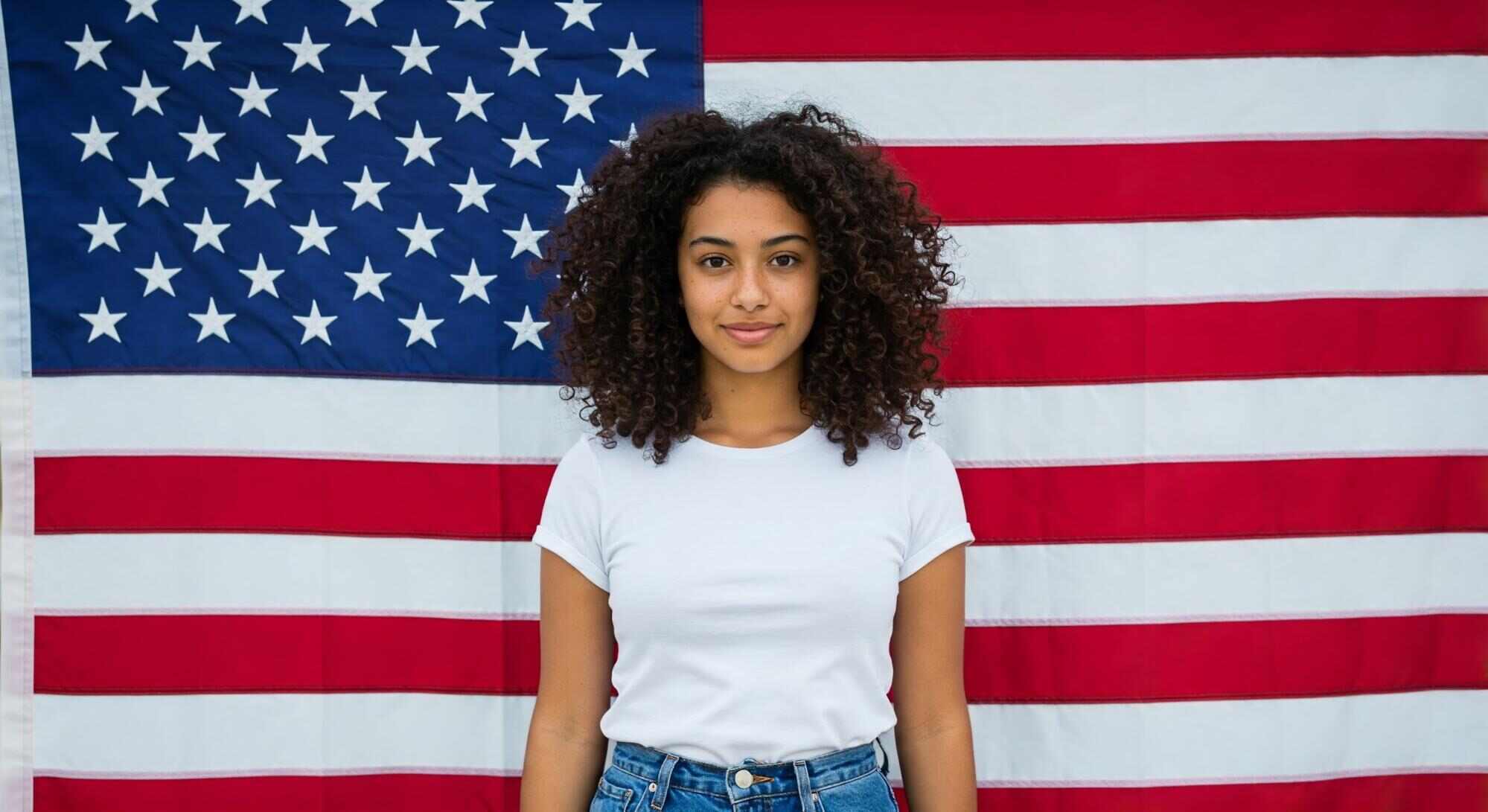What is a "Cap"
The word "Cap" used in this Update refers to annual numerical limitations set by Congress on certain nonimmigrant visa classifications, e.g., H-1B and H-2B. Caps control the number of workers that can be issued a visa in a given fiscal year to enter the United States pursuant to a particular nonimmigrant classification. Caps also control the number of aliens already in the United States that may be authorized to change status to a cap-subject classification. The annual numerical limitations generally do not apply to persons who have already been counted against the cap in a particular nonimmigrant classification and are seeking to extend their stay in that classification.
H-1B
The H-1B visa program is used by some U.S. employers to employ foreign workers in specialty occupations that require theoretical or technical expertise in a specialized field and a bachelor's degree or its equivalent. Typical H-1B occupations include architects, engineers, computer programmers, accountants, doctors and college professors. The H-1B visa program also includes certain fashion models of distinguished merit and ability and up to 100 persons who will be performing services of an exceptional nature in connection with Department of Defense (DOD) research and development projects or coproduction projects. The current annual cap on the H-1B category is 65,000. Not all H-1B nonimmigrants are subject to this annual cap. Please note that up to 6,800 visas may be set aside from the cap of 65,000 during each fiscal year for the H-1B1 program under the terms of the legislation implementing the U.S.-Chile and U.S.-Singapore Free Trade Agreements. Unused numbers in this pool are made available for H-1B use for the next fiscal year.
H-1B Employer Exemptions
H-1B nonimmigrants who are employed, or who have received an offer of employment, by institutions of higher education or a related or affiliated nonprofit entity, as well as those employed, or who will be employed, by a nonprofit research organization or a governmental research organization are exempt from the cap.
H-1B Advanced Degree Exemption
The H-1B Visa Reform Act of 2004 makes available 20,000 new H-1B visas for foreign workers with a Master's or higher level degree from a U.S. academic institution. For each fiscal year, 20,000 beneficiaries of H-1B petitions on behalf of persons who hold such credentials are statutorily exempted from the cap.
Duplicate H-1B Petitions Filed Requesting Fiscal Year 2010 Employment
USCIS will deny or revoke all petitions filed by an employer for the same H-1B worker if more than one filing is discovered. If multiple petitions are discovered, whether one or more such petitions are approved, USCIS will data enter all those duplicative petitions, retain all fees, and either deny the petitions or, if a petition was approved, revoke the petition. The petitions will not be returned to the petitioner.
Fiscal Year 2010 H-1B Cap Count
As of December 21, 2009, USCIS has received sufficient petitions to reach the statutory cap for FY2010. USCIS has also received more than 20,000 H-1B petitions on behalf of persons exempt from the cap under the advanced degree exemption. USCIS will reject cap-subject petitions for new H-1B specialty occupation workers seeking an employment start date in FY2010 that are received after December 21, 2009 USCIS will apply a computer-generated random selection process to all petitions that are subject to the cap and were received on December 21, 2009.
H-1B1
An H-1B1 is a national of Chile or Singapore coming to the United States to work temporarily in a specialty occupation. The law defines an H-1B1 specialty occupation as a position that requires theoretical and practical application of a body of specialized knowledge. The beneficiary must have a bachelor's degree or higher (or equivalent) in the specific specialty. The combined statutory limit is 6,800 per year. The cap for H-1B1 for FY2010 has not been reached as of the date of this Update.
H-2B
The H-2B visa category allows U.S. employers in industries with peak load, seasonal or intermittent needs to augment their existing labor force with temporary workers. The H-2B visa category also allows U.S. employers to augment their existing labor force when necessary due to a one-time occurrence which necessitates a temporary increase in workers. Typically, H-2B workers fill labor needs in occupational areas such as construction, health care, landscaping, lumber, manufacturing, food service/processing, and resort/hospitality services.
The Save Our Small and Seasonal Businesses Act of 2005 (SOS Act) divided the annual numerical limitations of 66,000 into two halves. As of FY 2010, an H-2B petition may not be filed more than 120 days before the date of the actual need for the H-2B worker's labor/services identified on the labor certification. As a result, USCIS normally begins receiving H-2B petitions with employment start dates in October and April.
What is the H-2B numerical limit set by Congress?
The H-2B numerical limit set by Congress per fiscal year is 66,000, with 33,000 to be allocated for employment beginning in the 1st half of the fiscal year (October 1 - March 31) and 33,000 to be allocated for employment beginning in the 2nd half of the fiscal year (April 1 - September 30). Generally, an H-2B worker who extends his/her stay in H-2B status will not be counted again against the numerical limit. An alien who changes nonimmigrant status to H-2B is counted against the annual H-2B cap.
As USCIS receives H-2B petitions for fiscal year 2010, the below chart will be regularly updated.
Fiscal Year 2010 H-2B Cap Count
| Cap Type |
Cap Amount |
Beneficiaries Approved |
Beneficiaries Pending |
Beneficiaries Target 1 |
Total |
Date of Last Count |
|---|---|---|---|---|---|---|
| H-2B 1st Half |
33,000 |
40,508 |
1,254 |
47,000 |
41,762 |
3/5/10 |
| H-2B |
33,000 2 |
13,900 |
3,183 |
47,000 |
17,083 |
3/5/10 |
1 Refers to the estimated numbers of beneficiary applications needed to reach a cap, with an allowance for withdrawals, denials and revocations.
2 A shortfall in the 1st half would be made up in the 2nd half.
H-3 for Participants in a Special Education Exchange Visitor Program
The H-3 nonimmigrant visa category is for aliens who are coming temporarily to the U.S. to either:
- Receive training, other than graduate medical education or training, that is not available in their home countries or
- Participate in a special education exchange visitor training program for children with physical, mental, or emotional disabilities.
For H-3 aliens participating in certain special education exchange visitor programs, there is a limit of 50 visas per fiscal year1. As of February 1, 2010, USCIS had not received any petitions requesting H-3 classification to participate in a special education exchange visitor program in fiscal year 2010.
1 There is no numerical limitation for H-3 nonimmigrants coming to this country for the purpose of receiving training, as described in #1 above.
Source: USCIS



